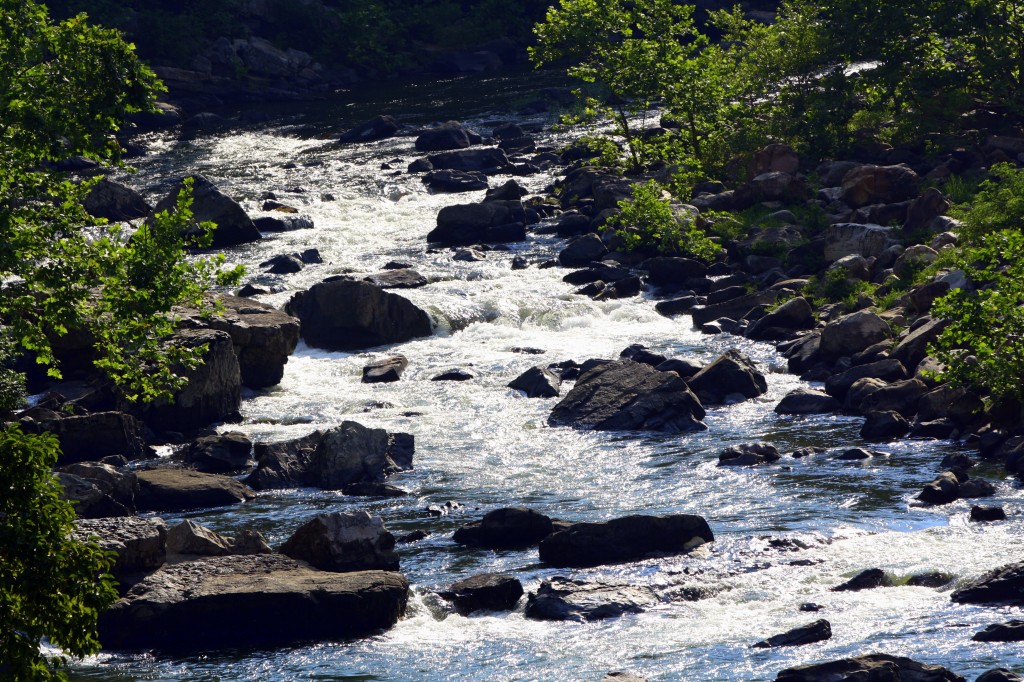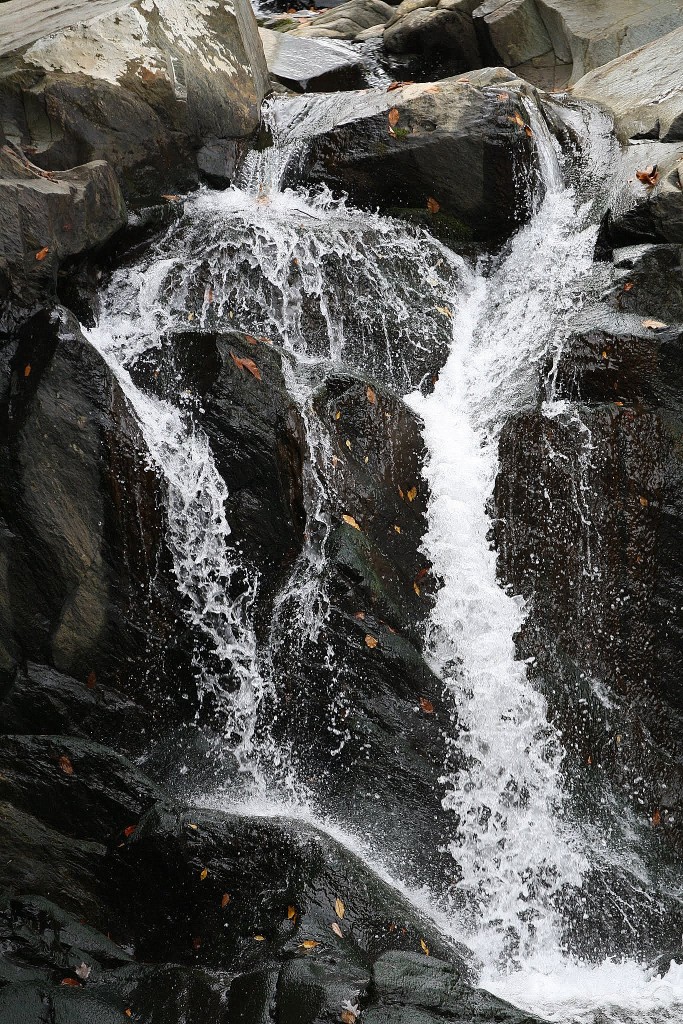 One of the earliest science lessons we learn as children is the Water Cycle – the amazing natural process that brings water in many forms into our lives. Each of the unique steps of evaporation, transpiration, condensation, precipitation and infiltration plays an essential role in transporting this life giving element. As dependent as our economy, ecosystems, and physical lives are to water, this unique cycle is under greater threat than ever before, putting more stress, risk and consequence on all of us. That statement is not something that comes from the fears of a few environmental groups but rather a growing number of military, intelligence and national security leaders.
One of the earliest science lessons we learn as children is the Water Cycle – the amazing natural process that brings water in many forms into our lives. Each of the unique steps of evaporation, transpiration, condensation, precipitation and infiltration plays an essential role in transporting this life giving element. As dependent as our economy, ecosystems, and physical lives are to water, this unique cycle is under greater threat than ever before, putting more stress, risk and consequence on all of us. That statement is not something that comes from the fears of a few environmental groups but rather a growing number of military, intelligence and national security leaders.
A simple online search of “water security” will reveal the growing chorus of voices sharing their concern. Probably most powerful are the findings of the National Intelligence Council’s Global Trends 2030: Alternative Worlds report. In remarks this past March before the US Institute of Peace, former NSC Advisor to Pres. Obama and former USMC Commandant Gen. Jim Jones also stressed the importance of water security and issued a call to action to elevate water as a national priority at the 2016 Global Water Security Summit.
While the world is full of differences, as a natural process the Water Cycle is the same for every continent. Every person and living thing is dependent upon water for survival and no part of agriculture, energy or the economy can produce food, power or opportunity without it. Like oxygen, water is a common denominator for survival, which is why it is essential for policymakers, industry members, public and private sector leaders and average citizens to better understand the evolving risks that are shaping the Water Security Cycle.
As a dependent process, every step of the Water Cycle relies on the other to happen. If any one step of the process is altered with too much or too little of something, the other steps are impacted. The same holds true with the Water Security Cycle.
In the Water Security Cycle, there are five interdependent components:
 Economic: Wealth generation takes many forms but without water, agriculture, energy production, and even transportation access cannot occur. Without these three essential pieces of the economic puzzle, opportunity and empowerment are severely limited. Even a cursory analysis of nation states where water is in short supply (because of geography, poor access, lack of infrastructure, etc.), the ability to produce enough food, water and energy not only imposes increased hardship (e.g. poverty, lack of development, employment, etc.) upon the country’s population, it makes it even harder for that country and its population to “move up” and compete in today’s global economy. Additionally, if a country does not take the adequate measures to protect its water supply from pollution or service disruption insecurity, civil unrest and overall instability can unfold, which is a direct threat to a country’s sustainability.
Economic: Wealth generation takes many forms but without water, agriculture, energy production, and even transportation access cannot occur. Without these three essential pieces of the economic puzzle, opportunity and empowerment are severely limited. Even a cursory analysis of nation states where water is in short supply (because of geography, poor access, lack of infrastructure, etc.), the ability to produce enough food, water and energy not only imposes increased hardship (e.g. poverty, lack of development, employment, etc.) upon the country’s population, it makes it even harder for that country and its population to “move up” and compete in today’s global economy. Additionally, if a country does not take the adequate measures to protect its water supply from pollution or service disruption insecurity, civil unrest and overall instability can unfold, which is a direct threat to a country’s sustainability.
Safety & Sustainability: Safeguarding resources in all of their forms is a shared responsibility of governments, industry and citizens. Making sure water supplies are reliable and safe for public consumption and use is critical to the operation of civil society and economic opportunity. If water becomes unusable because of pollution, lack of supply, poor infrastructure or other factors, the safety of a citizenry is at risk. The same safety and sustainability threat rises to a community’s and country’s ability to access a renewable and stable supply of water. If you have to depend on others for access, you are neither sustainable nor secure. When populations and economies are healthy and their needs are met independent of others, they are secure places in which to raise a family, create a business and go about developing a life of opportunity. That is what makes public access so important.
Public Access: Public access to water is also critical to water security. Countries and communities with reliable, vibrant infrastructure can serve and secure the life sustaining needs of the public, while also providing the means to generate energy and produce and transport goods and services. When that public accessibility or infrastructure is non-existent, unsecure or unable to deliver any of those means, public health and economic opportunity are threatened. Conditions such as this bring longer term consequences, costs and instability for a country and its citizens to bear. While geography will always impact access to water, poor infrastructure can just as easily undermine public health.
Public Health: A key ingredient to a civil society is a healthy population. Central to that is access to clean, reliable and sustainable water resources. Whenever those sources are jeopardized because of poor quality, lack of access, nonexistent or unreliable infrastructure and other factors, instability and insecurity take root. When public health risks accelerate because of these conditions, civil unrest and a lack of public confidence leaders’ abilities to protect communities develop.
Ecosystems: Every organism and operation is part of a codependent system of internal and external factors and structures – all with life-essential roles. Whenever one of those pieces is changed in some way, the cascading effect of dominoes can produce life altering conditions. Nowhere is this more apparent than when natural ecosystems are negatively altered by issues of water volume, quality, access and more. Every ecosystem is a careful balance of factors that when tilted in one direction or another can produce ripple effects. Beyond the geographic footprint of wetlands, estuaries, groundwater tables, shorelines, lakes, streams, rivers and tributaries are the lives of every living creature dependent upon the life-giving fluid they transfer in multiple ways. Whenever any of these natural ecosystems are threatened by poor water stewardship, imbalance arises.
Such are the threats of the Water Security Cycle. While all of these risks are present and quantifiable in today’s world, each can be mitigated and addressed by developing the strategic analysis and sustainable leadership tools today’s policymakers and industry, security, community and citizen leaders need. In these areas, we as a nation are ill prepared and lacking in leadership and applicable approaches. But it doesn’t have to be that way.
Investment in time, insight, research and operations are essential if we are to be prepared to deal with the challenges today’s Water Security Cycle presents to us. Developing analytical tools and further refining information sharing and predictive capabilities will establish improved methods for mitigating water insecurity and ensure longer term health and opportunity for more people around the world.
The next generation of all-hazards risks are evolving and becoming more complex. Water security is going to be a major factor in how we define our increased resilience across our economies, infrastructures, natural resources, public health and environments. Every drop is essential but so too are the strategies and means we create to ensure their safety. And all of us are dependent upon them working.

